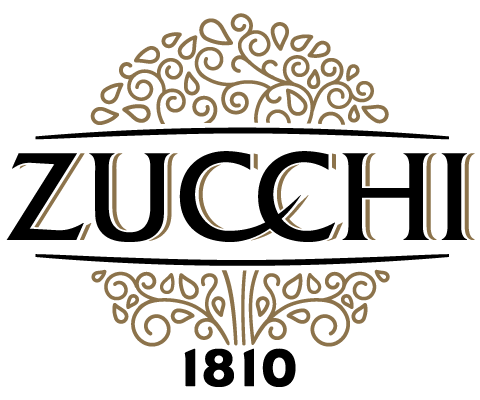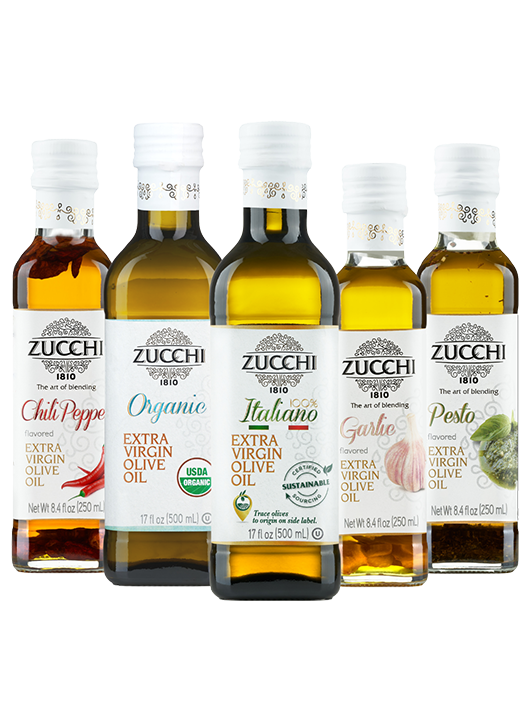Does olive oil improve with age? Five common questions (and answers) about olive oil’s shelf life.
Olive oil lasts forever, right? Think again! In this article, we answer some common questions about the best time to buy and consume olive oil.
December 7, 2021


